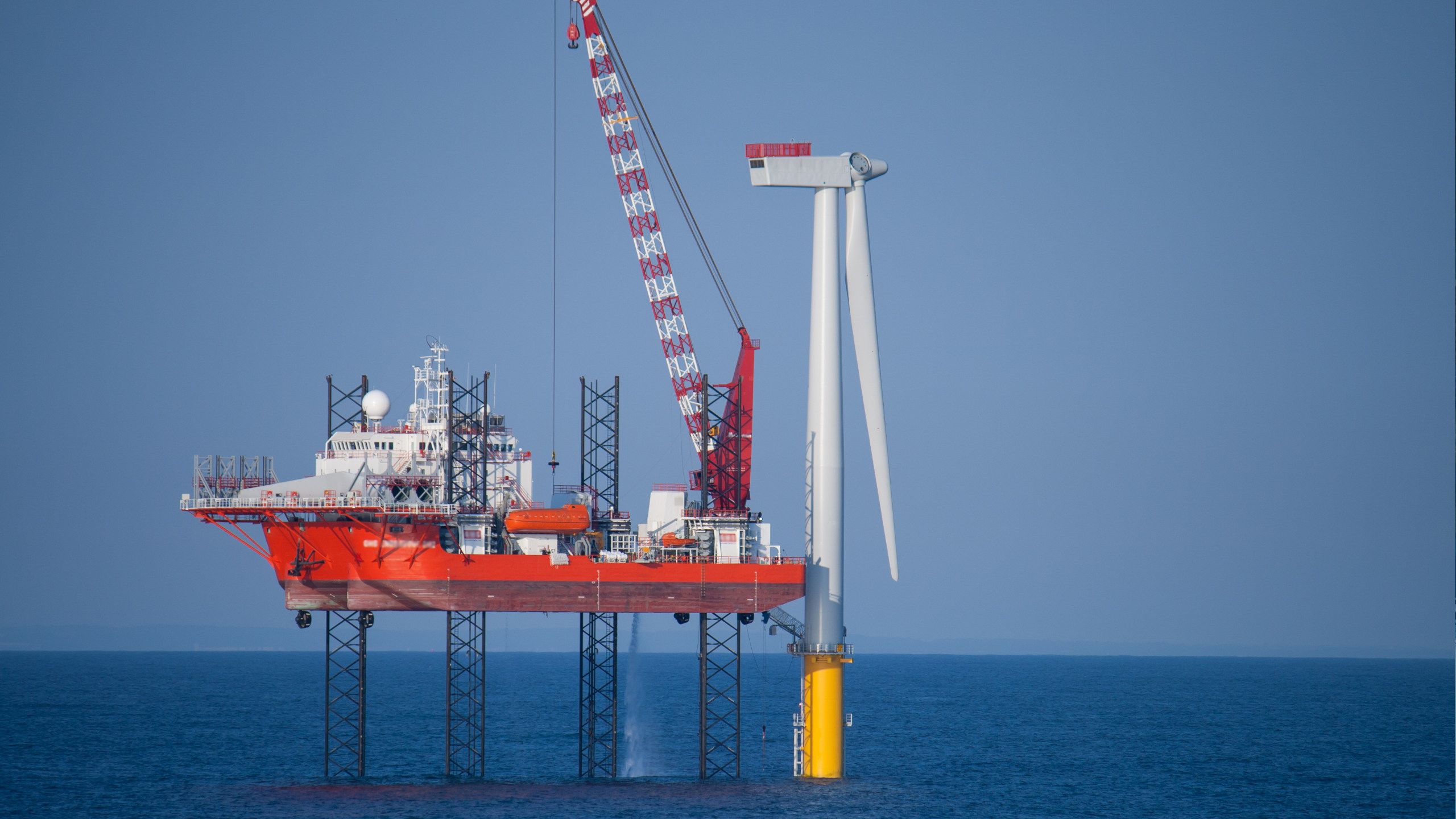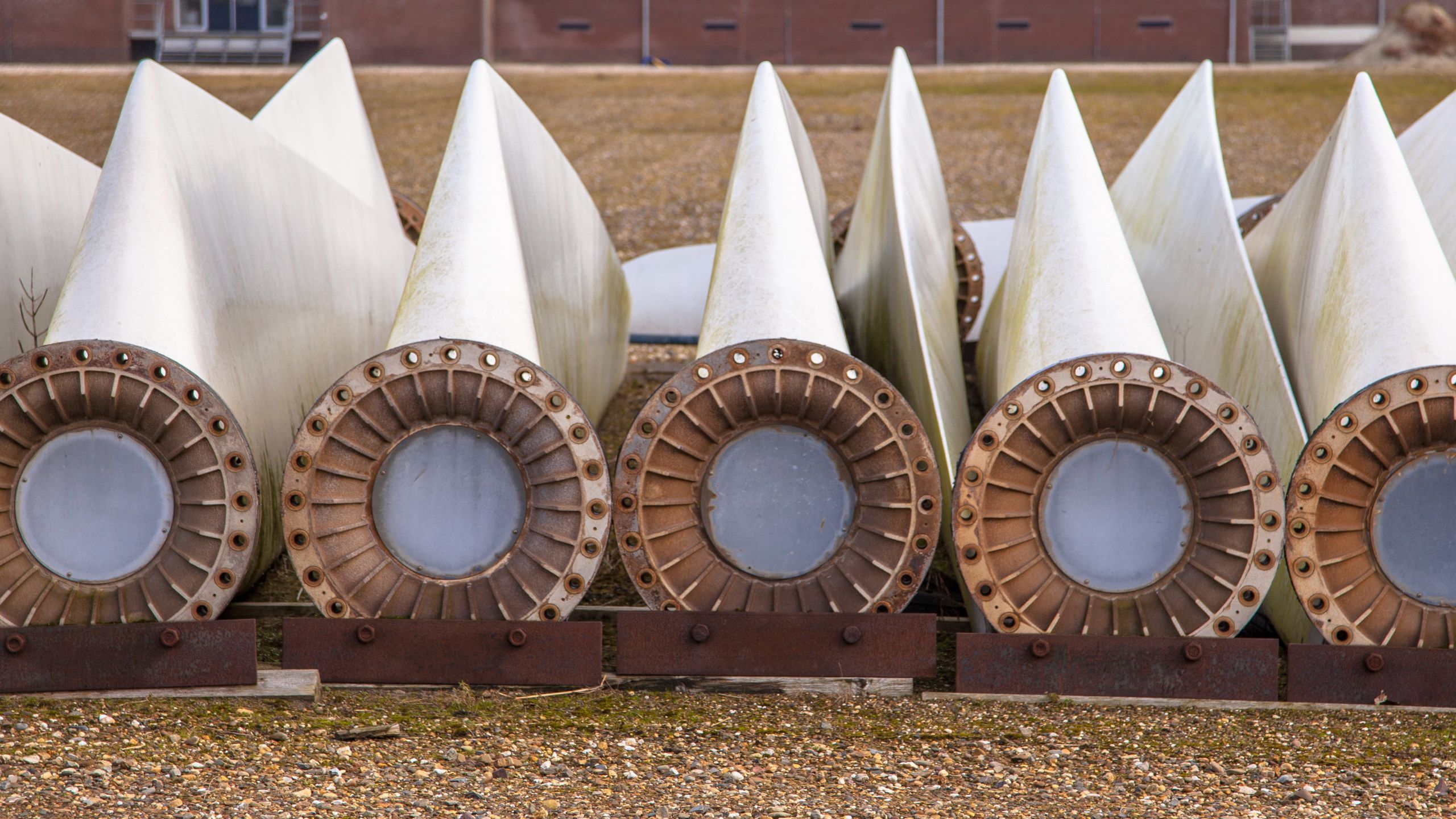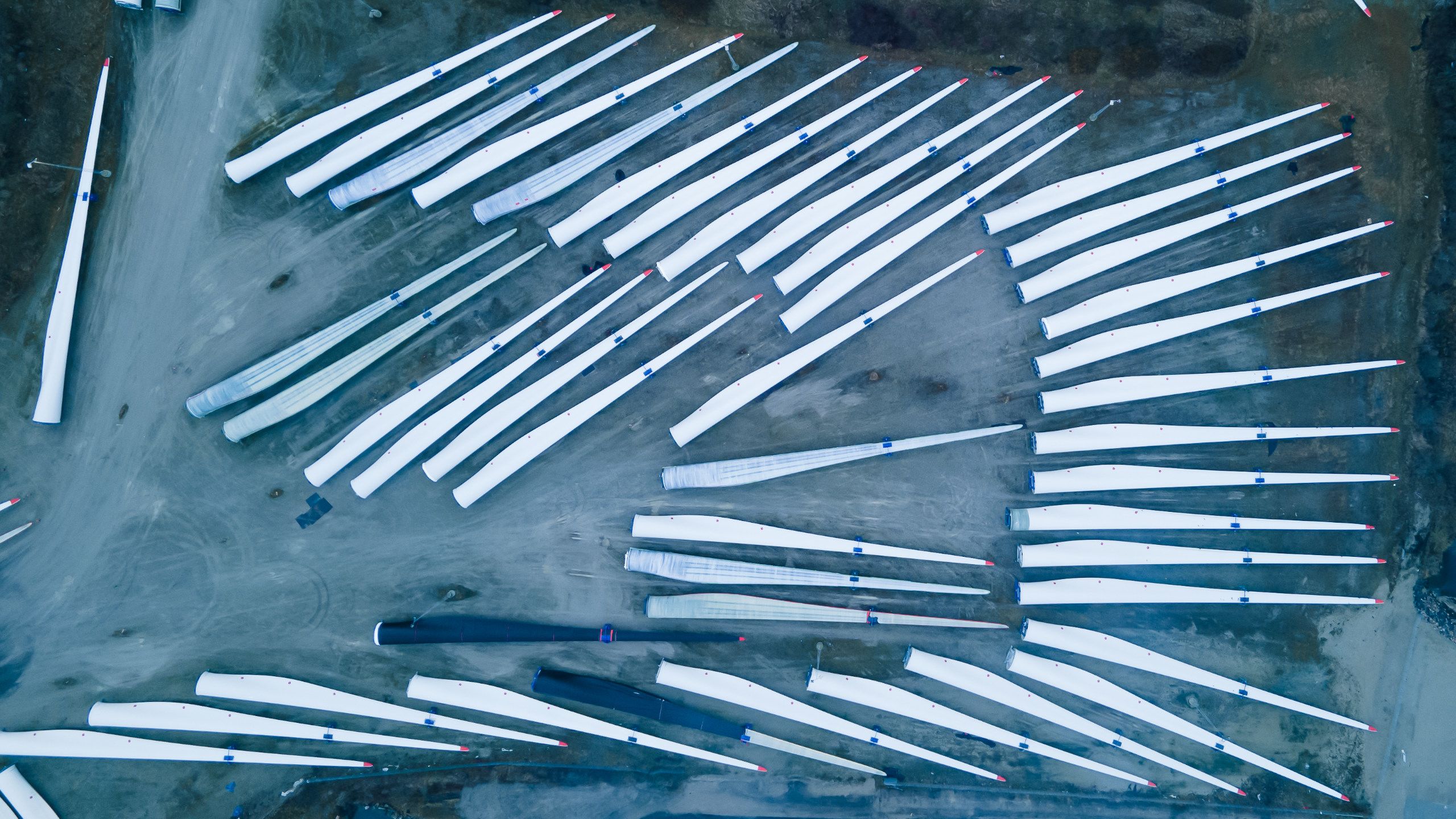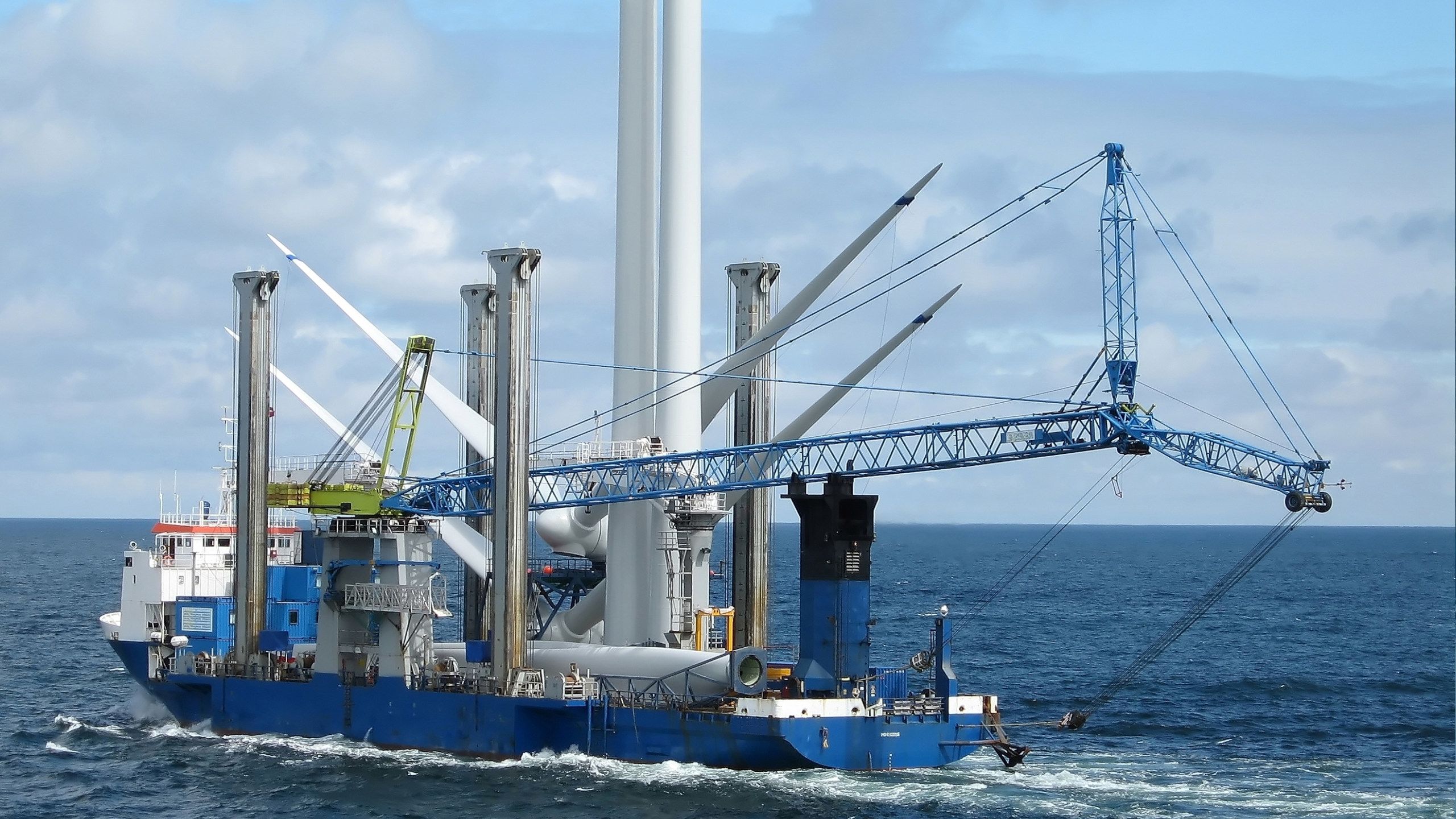Driving down the cost of windfarm decommissioning
Energy Transition at the University of Aberdeen

Scientists at the University’s School of Engineering are involved in research to assess the cost – environmental and financial – of windfarm decommissioning. Here we take a closer look at their work to create a ‘playbook’ for industry, in the most detailed study of its type in the world…
What price do we pay for the weather?
It’s one of a multitude of complex questions that scientists from the University of Aberdeen’s School of Engineering are asking as part of a Europe-wide project that is seeking to meet the challenges of decommissioning offshore windfarms.
As the global leader in wind energy, the European Union plans to enhance its offshore wind capacity from 18.52 GW in 2018 to 460 GW in 2050. However, with the expected design life of an offshore windfarm estimated to be between 20 and 25 years, the number of windfarms approaching or entering decommissioning will dramatically increase in the decades to come.
Funded by the EU, the DecomTools project brings together partners from industry, academia, port authorities and others to discover solutions that will help limit the environmental and cost impact of decommissioning in the North Sea region.
Scheduled to end in 2023, the project comprises seven separate work packages led by various institutions. Among the packages are market analysis, logistics, recycling, and – in the case of the University of Aberdeen – process optimisation.
Using data and artificial intelligence techniques, researchers are assessing the technical, operational and environmental requirements for dismantling offshore windfarms, as they develop a Decommissioning Decision Support System (DecomDSS) that could potentially save operators millions while mitigating the environmental impact of the project.
And this is where the weather comes in, as Dr Alireza Maheri, who leads the development of DecomDSS, explains:
“Just one of the factors included in the DecomDSS is factoring in the uncertainties in the weather. In terms of decommissioning windfarms, there are limitations that are created through wind speed and wave height.
“If wind speed is about 12 metres per second, then no decommissioning can be done because of the aerodynamic forces on the blades which make the operation unsafe.
“When it comes to planning for uncertainties in the weather operators will normally add between 20-50% on top of what they estimate it will cost to remove the wind turbines, because of the uncertainty.
“But now we are working on a way to include the uncertainty and give an indication of how much longer it may take you to deal with these uncertainties. We ran a case study for a sample wind farm, which showed that if we optimised the start date for a project we could save up to £6m for operators in renting equipment.”
Dr. Alireza Maheri
Dr. Alireza Maheri
This is just one example of what Dr Maheri describes as a ‘playbook’ for industry that will become vital as offshore windfarms come to the end of their life span. At present, the conventional approach to windfarm decommissioning is that the installation process is simply reversed, step-by-step.
But Dr Maheri’s research has already shown this is not necessarily the best method, either in terms of cost or environmental impact, where he is studying the most efficient ways for recycling the parts that have been decommissioned.
He explained: “When a windfarm is installed, all the parts go from the nearest port to the site. For recycling, the operator moves them all back to the same port and then to different recycling centres. But what if the parts were sent straight from the offshore site to different recycling points? For example, might it be better to take the blades into port and cut them there before transporting by road to the nearest recycling centre, or take them directly to another country where they have more efficient recycling centres in terms of energy consumption, or have reutilisation or repurposing facilities? These are all questions that we are asking ourselves as part of our work.”
While Dr Maheri admits that there are conflicting objectives which mean there may never be an optimum solution that provides the lowest cost, risk and environmental impact, the DecomDSS will provide different solutions that operators can use as they trade off conflicting objectives, to find the best way forward.
As the most detailed study of its type anywhere in the world, the project is also considering what might happen should operators wish to leave parts of the installation in the sea.
Dr Maheri explained: “What isn’t really being considered currently is what if operators wish to cut the topside of a substation off but leave the foundation and re-use it for something else, for example a site for hydrogen production?
“Because this isn’t a common practice, there are a lot of uncertainties unless you undertake a proper cost modelling that asks questions about important issues, for example to what extent the foundation has degraded and so on. So we are also considering scenarios that include reutilisation for other green energy projects.”




